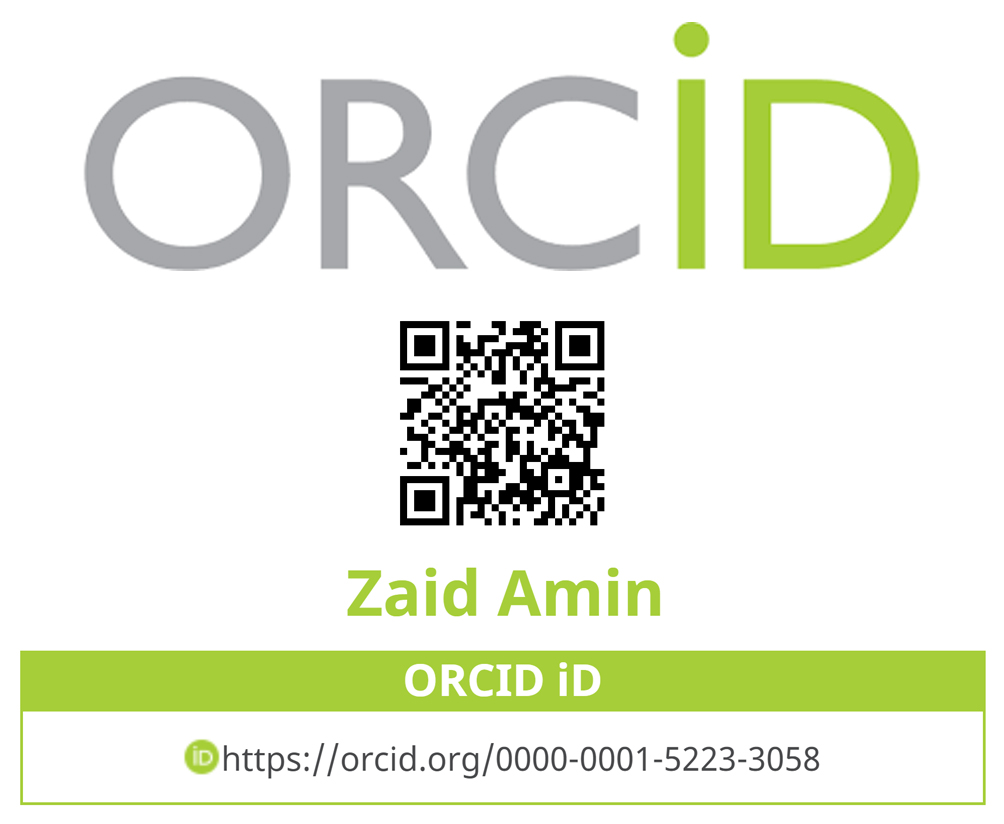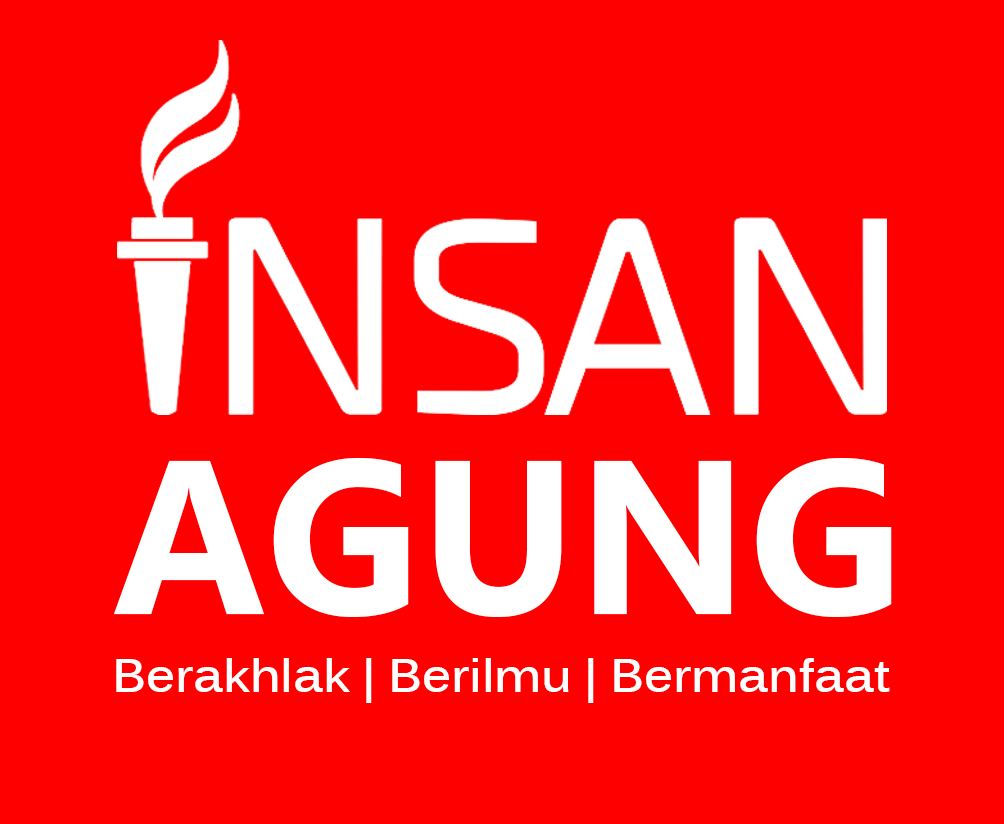Strategic planning is an organization's process of defining its strategy, or direction, and making decisions
on allocating its resources to pursue this strategy. In order to determine the direction of the organization, it
is necessary to understand its current position and the possible avenues through which it can pursue a
particular course of action. Generally, strategic planning deals with at least one of three key questions.- "What do we do?"
- "For whom do we do it?"
- "How do we excel?"
In many organizations, this is viewed as a process for determining where an organization is going over
the next year or—more typically—3 to 5 years (long term), although some extend their vision to 20 years.
(an "idealised" view of the world). It is a long-term view and concentrates on the future.
It can be emotive and is a source of inspiration. For example, a charity working with the poor might have a vision
statement which reads "A World without Poverty".
2. Mission: Defines the fundamental purpose of an organization or an enterprise, succinctly describing why it exists
and what it does to achieve its vision. For example, the charity above might have a mission statement as
"providing jobs for the homeless and unemployed".
3. Values: Beliefs that are shared among the stakeholders of an organization. Values drive an organization's culture
and priorities and provide a framework in which decisions are made. For example, "Knowledge and skills are the
keys to success" or "give a man bread and feed him for a day, but teach him to farm and feed him for life".
These example values may set the priorities of self sufficiency over shelter.
4. Strategy: Strategy, narrowly defined, means "the art of the general." A combination of the ends (goals) for
which the firm is striving and the means (policies) by which it is seeking to get there. A strategy is sometimes
called a roadmap which is the path chosen to plow towards the end vision. The most important part of
implementing the strategy is ensuring the company is going in the right direction which is towards the end vision.
Organizations sometimes summarize goals and objectives into a mission statement and/or a vision statement.
Others begin with a vision and mission and use them to formulate goals and objectives.
Others begin with a vision and mission and use them to formulate goals and objectives.
Many people mistake the vision statement for the mission statement, and sometimes one is simply used as
a longer term version of the other. However they are meant to be quite different, with the vision being a
descriptive picture of future state, and the mission being an action statement for bringing about what is
envisioned (ie. the vision is what will be achieved if the company is successful in achieving its mission).
a longer term version of the other. However they are meant to be quite different, with the vision being a
descriptive picture of future state, and the mission being an action statement for bringing about what is
envisioned (ie. the vision is what will be achieved if the company is successful in achieving its mission).
For an organisation's vision and mission to be effective, they must become assimilated into the organization's culture.
They should also be assessed internally and externally.
The internal assessment should focus on how members inside the organization interpret their mission statement.
The external assessment — which includes all of the businesses stakeholders — is valuable since it offers a
different perspective.
These discrepancies between these two assessments can provide insight into their effectiveness.
They should also be assessed internally and externally.
The internal assessment should focus on how members inside the organization interpret their mission statement.
The external assessment — which includes all of the businesses stakeholders — is valuable since it offers a
different perspective.
These discrepancies between these two assessments can provide insight into their effectiveness.
Strategic planning process
There are many approaches to strategic planning but typically one of the following approaches is used:
There are many approaches to strategic planning but typically one of the following approaches is used:
Situation-Target-Proposal
|
See-Think-Draw
- See - what is today's situation?
- Think - define goals/objectives
- Draw - map a route to achieving the goals/objectives
Draw-See-Think-Plan
- Draw - what is the ideal image or the desired end state?
- See - what is today's situation? What is the gap from ideal and why?
- Think - what specific actions must be taken to close the gap between today's situation and the ideal state?
- Plan - what resources are required to execute the activities?
[edit]Tools and approaches
Among the most useful tools for strategic planning is SWOT analysis (Strengths, Weaknesses, Opportunities,
and Threats). The main objective of this tool is to analyze internal strategic factors, strengths and weaknesses
attributed to the organization, and external factors beyond control of the organization such as opportunities and
threats.
and Threats). The main objective of this tool is to analyze internal strategic factors, strengths and weaknesses
attributed to the organization, and external factors beyond control of the organization such as opportunities and
threats.
Other tools include:
- Balanced Scorecards, which creates a systematic framework for strategic planning;
- Scenario planning, which was originally used in the military and recently used by large corporations to analyze
- future scenarios.
- PEST analysis (Political, Economic, Social, and Technological)
- STEER analysis (Socio-cultural, Technological, Economic, Ecological, and Regulatory factors)
- EPISTEL (Environment, Political, Informatic, Social, Technological, Economic and Legal).
[edit]
Situational analysis
Situational analysis
When developing strategies, analysis of the organization and its environment as it is at the moment and how it
may develop in the future, is important. The analysis has to be executed at an internal level as well as an
external level to identify all opportunities and threats of the external environment as well as the strengths and
weaknesses of the organizations.
may develop in the future, is important. The analysis has to be executed at an internal level as well as an
external level to identify all opportunities and threats of the external environment as well as the strengths and
weaknesses of the organizations.
There are several factors to assess in the external situation analysis:
- Markets (customers)
- Competition
- Technology
- Supplier markets
- Labor markets
- The economy
- The regulatory environment
It is rare to find all seven of these factors having critical importance. It is also uncommon to find that the
first two - markets and competition - are not of critical importance.
(Bradford "External Situation - What to Consider")
first two - markets and competition - are not of critical importance.
(Bradford "External Situation - What to Consider")
Strategic planning is a very important business activity. It is also important in the public sector areas such as
education. It is practiced widely informally and formally. Strategic planning and decision processes should end
with objectives and a roadmap of ways to achieve them. The goal of strategic planning mechanisms like formal
planning is to increase specificity in business operation, especially when long-term and high-stake activities
are involved.
education. It is practiced widely informally and formally. Strategic planning and decision processes should end
with objectives and a roadmap of ways to achieve them. The goal of strategic planning mechanisms like formal
planning is to increase specificity in business operation, especially when long-term and high-stake activities
are involved.
One of the core goals when drafting a strategic plan is to develop it in a way that is easily translatable into
action plans. Most strategic plans address high level initiatives and over-arching goals, but don't get articulated
(translated) into day-to-day projects and tasks that will be required to achieve the plan.
Terminology or word choice, as well as the level a plan is written, are both examples of easy ways to fail at
translating your strategic plan in a way that makes sense and is executable to others. Often, plans are filled
with conceptual terms which don't tie into day-to-day realities for the staff expected to carry out the plan.
People typically have several goals at the same time. "Goal congruency" refers to how well the goals combine
with each other. Does goal A appear compatible with goal B? Do they fit together to form a unified strategy?
"Goal hierarchy" consists of the nesting of one or more goals within other goal(s).
action plans. Most strategic plans address high level initiatives and over-arching goals, but don't get articulated
(translated) into day-to-day projects and tasks that will be required to achieve the plan.
Terminology or word choice, as well as the level a plan is written, are both examples of easy ways to fail at
translating your strategic plan in a way that makes sense and is executable to others. Often, plans are filled
with conceptual terms which don't tie into day-to-day realities for the staff expected to carry out the plan.
People typically have several goals at the same time. "Goal congruency" refers to how well the goals combine
with each other. Does goal A appear compatible with goal B? Do they fit together to form a unified strategy?
"Goal hierarchy" consists of the nesting of one or more goals within other goal(s).
One approach recommends having short-term goals, medium-term goals, and long-term goals. In this model,
one can expect to attain short-term goals fairly easily: they stand just slightly above one's reach.
At the other extreme, long-term goals appear very difficult, almost impossible to attain.
Strategic management jargon sometimes refers to "Big Hairy Audacious Goals" (BHAGs) in this context.
Using one goal as a stepping-stone to the next involves goal sequencing. A person or group starts by
attaining the easy short-term goals, then steps up to the medium-term, then to the long-term goals.
Goal sequencing can create a "goal stairway". In an organizational setting, the organization may co-ordinate
goals so that they do not conflict with each other. The goals of one part of the organization should mesh
compatibly with those of other parts of the organization.
one can expect to attain short-term goals fairly easily: they stand just slightly above one's reach.
At the other extreme, long-term goals appear very difficult, almost impossible to attain.
Strategic management jargon sometimes refers to "Big Hairy Audacious Goals" (BHAGs) in this context.
Using one goal as a stepping-stone to the next involves goal sequencing. A person or group starts by
attaining the easy short-term goals, then steps up to the medium-term, then to the long-term goals.
Goal sequencing can create a "goal stairway". In an organizational setting, the organization may co-ordinate
goals so that they do not conflict with each other. The goals of one part of the organization should mesh
compatibly with those of other parts of the organization.
Successful and sustainable transformation efforts require leaders who know how to manage change.
At the simplest level, managing change means:
At the simplest level, managing change means:
- Knowing what you want to accomplish and creating a compelling vision that motivates others
- Understand stakeholders and communicating with them early, consistently and often
- Managing the varying levels of support and resistance that will inevitably emerge in response to any change
- Change Leadership is a skillset that is required throughout any deployment, from planning and executing to
- sustaining improvements.
- Change Leadership are essential for both high level executives and program leaders, who are responsible for
- setting the vision, communicate the vision and make the changes happen











